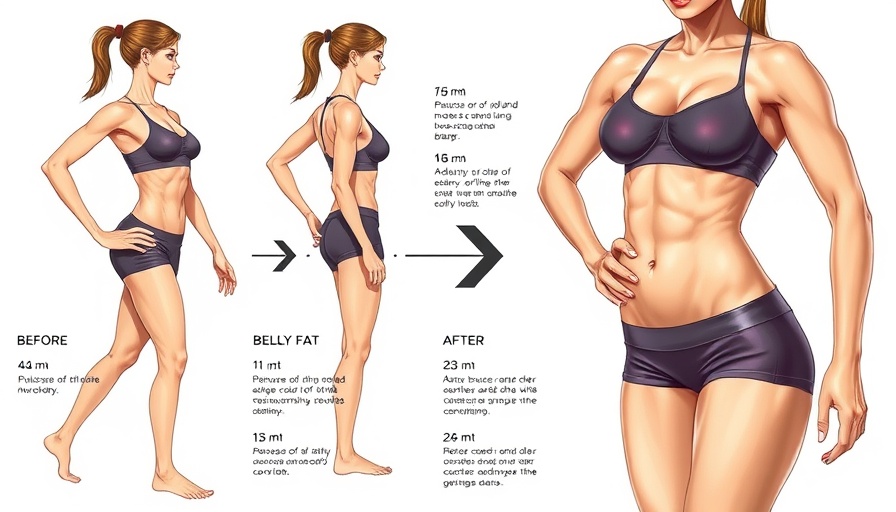
CrossFit's Grip Shift: A New Era of Competition Regulations
CrossFit is making waves once again with a pivotal change in its competition rules that could alter how athletes approach their training. The newly updated 2025 CrossFit Games Rulebook has introduced a clause that bans rubber grips, sparking a lively debate in the fitness industry. According to Section 7.03, competitors will only be allowed to use leather and synthetic leather grips moving forward. This decision aims to uphold the integrity of CrossFit competitions by eliminating any potential advantage that overly sticky grips might provide.
The Why Behind the Ban
The motivation for this change stems from concerns about rubber grips becoming excessively tacky, allowing athletes to execute movements like toes-to-bar and bar muscle-ups without adhering to correct techniques. This over-reliance on technology essentially lets them bypass important skill development, raising questions about the fairness and competitive spirit of the Games. The ban is intended for the Games season and in-person qualifiers, leaving local semifinals and events unaffected. This selective approach allows CrossFit to create a level playing field during the most prestigious competitions while still allowing non-professional athletes to utilize various grip options during casual training.
Alternative Views on Grip Technology
In contrast to CrossFit's new policy, the World Fitness Project (WFP) stands firmly for inclusivity, embracing an open grip policy that permits any material. Their philosophy emphasizes that equal access to grip technologies fosters fair competition, allowing every athlete an equal opportunity to succeed, regardless of their equipment choices. This divergence in policies highlights the diverse perspectives within the fitness community about how technology can assist athletes—or hinder their growth.
A Journey Through Grip Technology
The evolution of grip technology is a tale of innovation and adaptation. Established companies like Victory Grips have led the charge in offering both rubber-based and synthetic leather options, catering to different preferences and needs. Founded by Victor Pellegrino, Victory Grips sought to empower athletes without sacrificing the sport's integrity. From introducing vegan-friendly synthetic leather in 2017 to developing specialized rubber compounds, the innovations have helped athletes push their limits, although at the risk of diminishing the techniques critical to CrossFit movements.
Lessons from Other Sports
The debate around grip technology isn't unique to CrossFit alone. Other sports have faced similar dilemmas. For instance, after the 2008 Olympics, swimming authorities banned the use of Speedo's LZR Racer swimsuit, which gave athletes an unfair edge, resulting in numerous world records being shattered. Conversely, Nike's Vaporfly shoe has also stirred controversy in the running community. These instances serve as reminders that while technology can enhance athletic performance, it also poses significant ethical considerations about the spirit of fair play.
The Path Forward in CrossFit
The overarching question embedded in this gripping debate is whether technology should uplift athletes or if it risks overshadowing the skill and artistry involved in CrossFit. As the community adapts to this new grip requirement, gym owners, trainers, and athletes alike will need to rethink their strategies. Coaches may need to refocus their training regimens to encourage proper technique, ensuring athletes are not overly reliant on equipment that might inhibit skill mastery. This transformation might lead to stronger athletes who not only rely on technology but also hone their innate abilities.
 Add Row
Add Row  Add
Add 




Write A Comment